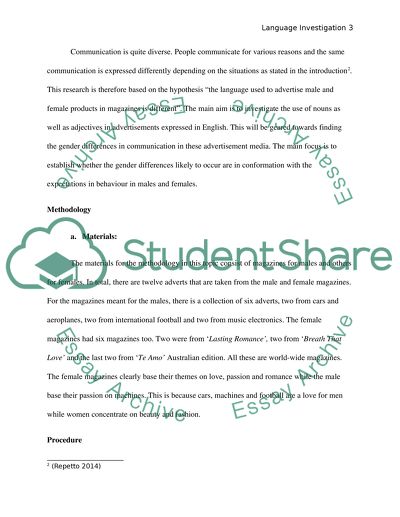Cite this document
(“Language Investigation Coursework Example | Topics and Well Written Essays - 2000 words”, n.d.)
Retrieved from https://studentshare.org/english/1683516-language-investigation
Retrieved from https://studentshare.org/english/1683516-language-investigation
(Language Investigation Coursework Example | Topics and Well Written Essays - 2000 Words)
https://studentshare.org/english/1683516-language-investigation.
https://studentshare.org/english/1683516-language-investigation.
“Language Investigation Coursework Example | Topics and Well Written Essays - 2000 Words”, n.d. https://studentshare.org/english/1683516-language-investigation.


